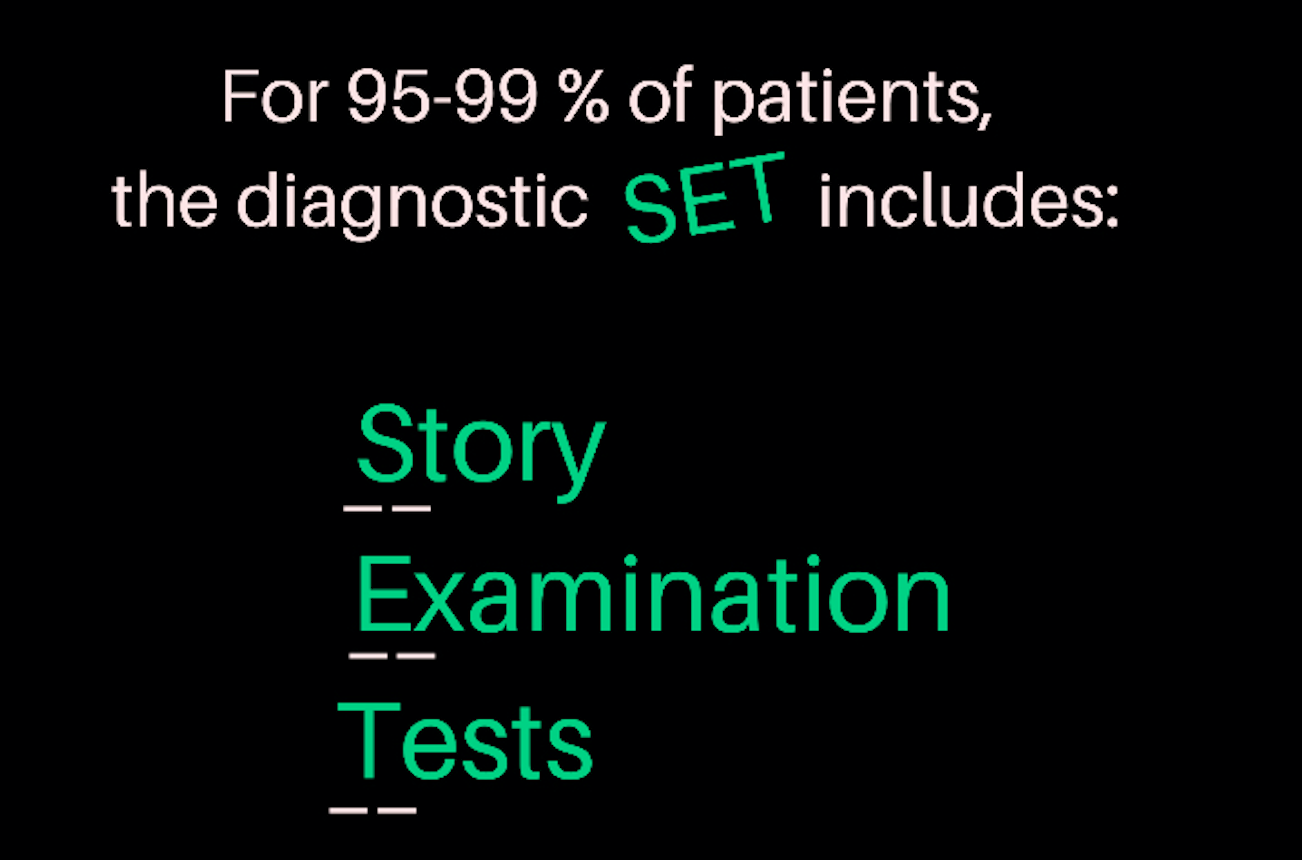Making A Diagnosis of Hair Loss: A Closer Look at the Diagnostic Set.
Three Items are Needed to Diagnose Hair Loss: The Patient’s Story, the Scalp Examination and Relevant Tests.
I am often asked how to make a diagnosis of hair loss. There are three aspects of diagnosing hair loss that need be reviewed in order to make the diagnosis. I refer to these as the diagnostic “set” because theses 3 aspects all go together. These 3 items include:
1) the patient’s story
2) the findings uncovered during the process of the scalp examination and
3) the results of relevant blood tests.
The first letter of each of the three words 1) story, 2) examination and 3) tests spell out the word “S.E.T.” - again a helpful reminder of how the information obtained from reviewing each of these 3 aspects helps solidify a diagnosis.
1) Story
In the field of medicine, the patient’s story of all their medical information is known as the patient’s “medical history.” The patient’s medical history of their hair loss is extremely important. There are 30-50 questions that I need to know the answers to. Without these answers, I’m not able to confidently make diagnosis.
2) Examination
The scalp examination is important. One needs to determine where on the scalp the hair loss is occurring and what is happening to the hairs themselves and the skin around the hairs. Use of dermoscopy is extremely helpful in many cases.
3) Tests
Blood tests are helpful to rule out common conditions the can sometimes be associated with certain types of hair loss and sometimes even mimic certain types of hair loss. Iron (ferritin) and thyroid studies are generally important to consider along with basic hemoglobin measurements. Many other tests may be important to consider as well but whether or not to order them depends on the imformation uncovered in part 1 (story) and part 2 (examination).
Do we ever need anything else besides the three items in the diagnostic set?
Very rarely, the so called diagnostic set helps narrow down the diagnosis to just a few possibilities but the exact final diagnosis still can’t be precisely determined. This is the situation when a scalp biopsy can prove very useful to narrow down the possibilities even further. For the vast majority of patients however, a biopsy is not needed and careful attention to all the elements of the diagnostic set leads to an accurate diagnosis.
This article was written by Dr. Jeff Donovan, a Canadian and US board certified dermatologist specializing exclusively in hair loss.

